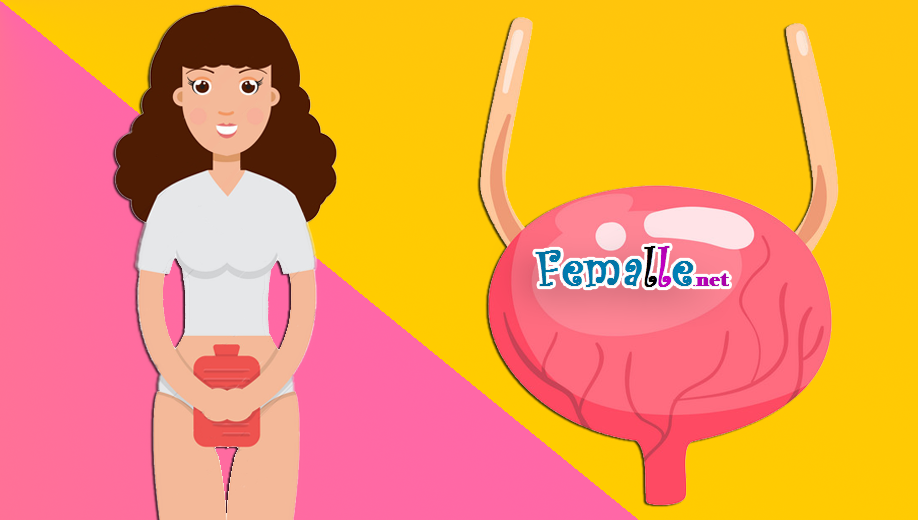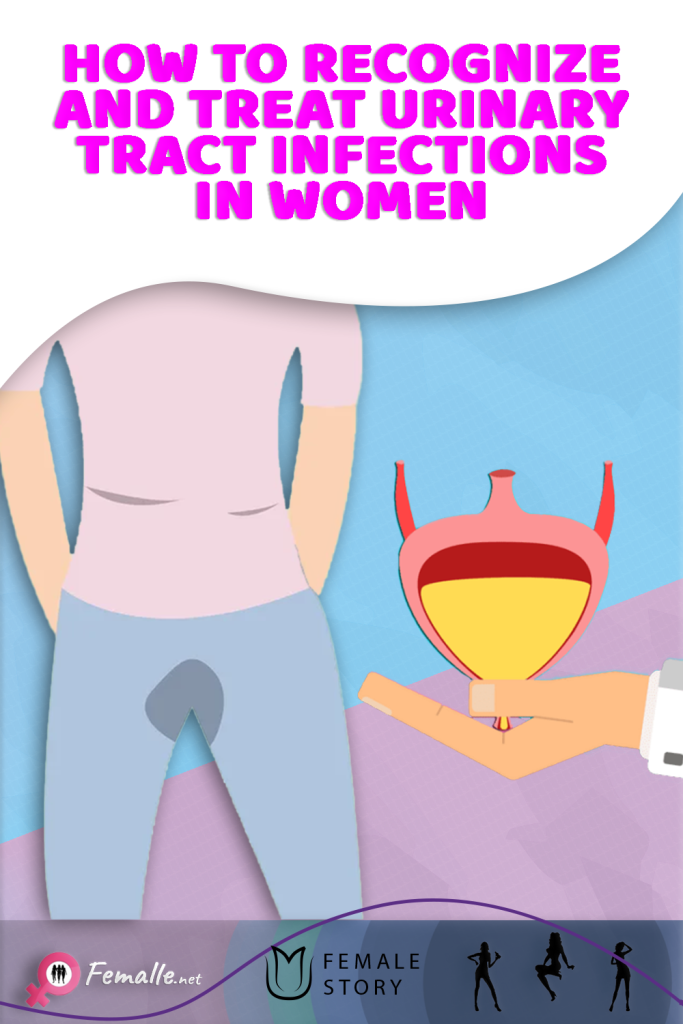How to recognize and treat urinary tract infections in women
Urinary tract infections (UTIs) are a common and often painful health concern that affect millions of women worldwide. These infections can occur in any part of the urinary system, including the bladder, urethra, and kidneys, and they can lead to a range of uncomfortable symptoms. Recognizing the signs of a UTI and knowing how to properly treat it is essential for maintaining women’s health and overall well-being.
In this guide, we will explore the various aspects of urinary tract infections in women, from understanding the causes and risk factors to recognizing the common symptoms that may signal a UTI. We will also delve into the importance of prompt diagnosis and appropriate treatment, as untreated urinary tract infections can lead to more severe complications.
What are the symptoms of urinary infections?
Urinary tract infections (UTIs) can affect any part of the urinary system, including the kidneys, ureters, bladder, and urethra. Symptoms can vary, but commonly include:
- A burning sensation during urination
- Frequent urination
- An urge to urinate, but incomplete voiding
- Pain or pressure in the back or lower abdomen
- Pelvic pain
- Blood in urine
- Cloudy, dark, or strange or strong-smelling urine, sometimes mixed with blood
- Tiredness
- Fever and/or chills
- Nausea and/or vomiting
There are three main types of urinary incontinence

There are a variety of treatments available for urinary incontinence, including both lifestyle changes and medication.
-
Lifestyle changes: These include pelvic floor muscle exercises (Kegel exercises), weight loss, avoiding foods and drinks that can irritate the bladder, and managing constipation.
-
Medication: There are several types of medications that can be used to treat urinary incontinence, including:
- Anticholinergic medication: These work by relaxing the muscle in the bladder and preventing involuntary contractions
- Alpha-blockers: These work by relaxing the muscles in the prostate and bladder neck
- Beta-3 agonists: This medication works by stimulating the bladder to contract
- Tricyclic antidepressants: These work by slowing down the bladder contractions and increasing the bladder capacity
It is important to note that the treatment will depend on the type of incontinence you have and the underlying cause, so it is best to seek advice from a medical professional.
Natural remedies for urinary tract infections
That can be used to treat urinary incontinence, although it is important to note that these remedies may not work for everyone and it is always best to consult with a healthcare professional before trying any new treatment.
Some natural remedies that may help to alleviate symptoms of urinary incontinence include:
-
Pelvic floor muscle exercises (Kegel exercises): These exercises can help to strengthen the muscles that support the bladder and urethra, which can help to reduce urinary incontinence.
-
Weight loss: Losing weight can help to reduce pressure on the bladder and urethra, which can help to alleviate incontinence symptoms.
-
Diet changes: Avoiding foods and drinks that can irritate the bladder, such as caffeine, alcohol, and spicy foods can help to reduce incontinence symptoms.
-
Herbs: Some herbs such as pumpkin seeds, saw palmetto, and horsetail have been known to help with urinary incontinence.
-
Yoga and meditation: Yoga and meditation can help to relax the muscles of the urinary tract and improve bladder control.
-
Acupuncture: This alternative therapy can help to reduce incontinence symptoms by promoting relaxation, reducing inflammation, and increasing blood flow to the pelvic area.
Here is a step by step guide on how to perform Kegel exercises for stop Urinary Infections in women
Step 1: Identify the pelvic floor muscles You can locate your pelvic floor muscles by trying to stop the flow of urine when you are using the bathroom. The muscles you use to do this are your pelvic floor muscles.
Step 2: Contract and release the pelvic floor muscles Once you have identified your pelvic floor muscles, you can begin the exercise. Sit comfortably and contract the muscles for a count of 3-5 seconds, then relax for the same count of time.
Step 3: Repeat the exercise Repeat the contraction and relaxation of the muscles for 10-15 repetitions, working up to 3 sets of 10-15 repetitions per day.
Step 4: Incorporate the exercise into your daily routine You can do these exercises while sitting, standing, or lying down. Try to incorporate the exercises into your daily routine, such as when you’re sitting at your desk or watching TV.
Step 5: Gradually increase the duration and repetition As you get stronger, you can gradually increase the duration of the contractions and the number of repetitions.
It is important to note that it might take several weeks or even months to see improvement in urinary incontinence with Kegel exercises.
Acupuncture: A Natural Solution for Urinary Incontinence – How it works
Acupuncture is a form of alternative therapy that can help to reduce symptoms of urinary incontinence by promoting relaxation, reducing inflammation, and increasing blood flow to the pelvic area. Here is a step-by-step guide on how to receive acupuncture treatment for urinary incontinence:
Step 1: Consultation with an acupuncturist Before receiving acupuncture treatment, it is important to have a consultation with a licensed acupuncturist. This will involve a thorough examination of your medical history and a discussion of your symptoms.
Step 2: Identifying the appropriate acupuncture points The acupuncturist will identify the appropriate acupuncture points to target based on your individual condition and symptoms. These points will be located on specific areas of the body, such as the lower back, lower abdomen, and inner thighs.
Step 3: Insertion of the needles The acupuncturist will use sterilized, thin needles to insert into the identified acupuncture points. The needles will be left in place for 15-30 minutes, depending on the individual case.
Step 4: Remove the needles After the needles have been left in place for the appropriate amount of time, they will be removed by the acupuncturist.
Step 5: Follow-up treatment Acupuncture treatment for urinary incontinence typically involves multiple sessions, usually about once a week. The number of sessions required will depend on the individual case and the acupuncturist will recommend the frequency and number of sessions.
It is important to note that Acupuncture is a holistic treatment, and it might take several sessions to see improvement. Also, it is always recommended to consult with a licensed acupuncturist before starting any acupuncture treatment.
Originally posted 2017-12-23 15:25:07.



